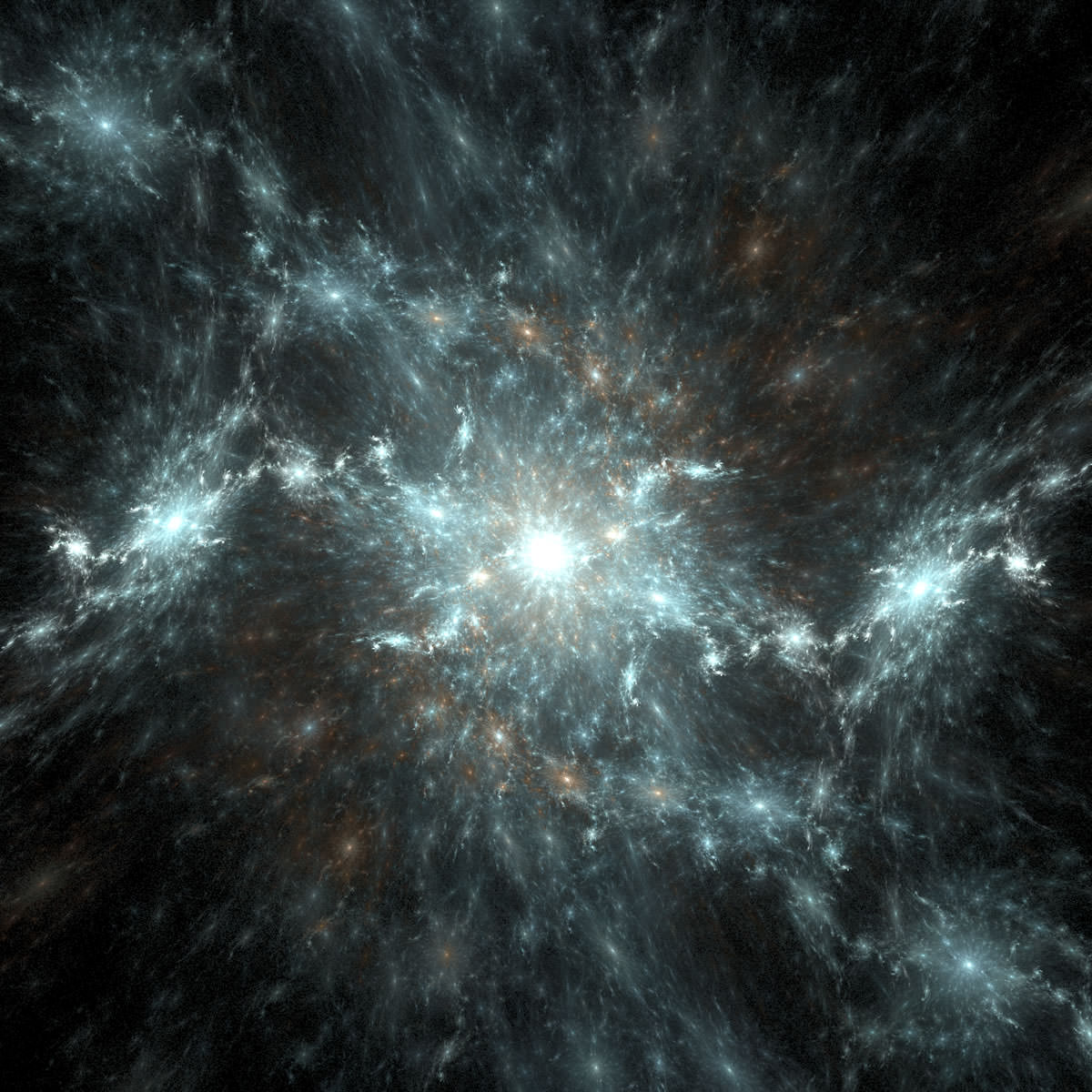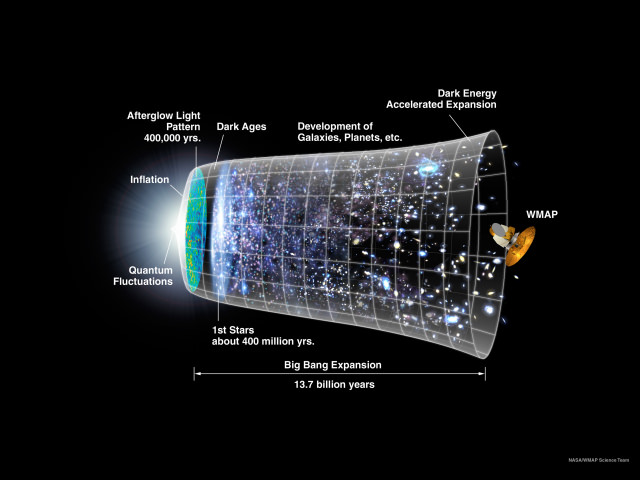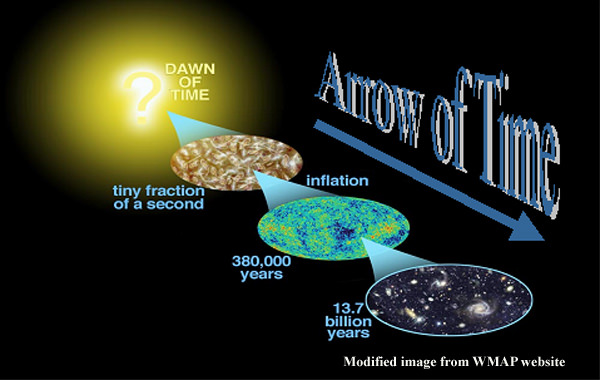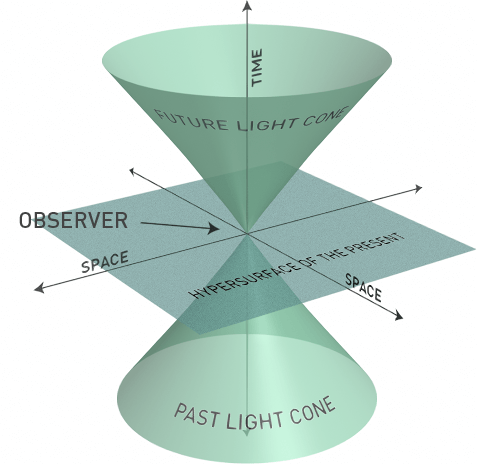Albert Einstein’s revolutionary general theory of relativity describes gravity as a curvature in the fabric of spacetime. Mathematicians at University of California, Davis have come up with a new way to crinkle that fabric while pondering shockwaves.
“We show that spacetime cannot be locally flat at a point where two shockwaves collide,” says Blake Temple, professor of mathematics at UC Davis. “This is a new kind of singularity in general relativity.”
Temple and his collaborators study the mathematics of how shockwaves in a perfect fluid affect the curvature of spacetime. Their new models prove that singularities appear at the points where shock waves collide. Vogler’s mathematical models simulated two shockwaves colliding. Reintjes followed up with an analysis of the equations that describe what happens when the shockwaves cross. He dubbed the singularity created a “regularity singularity.”
“What is surprising,” Temple told Universe Today, “is that something as mundane as the interaction of waves could cause something as extreme as a spacetime singularity — albeit a very mild new kind of singularity. Also surprising is that they form in the most fundamental equations of Einstein’s theory of general relativity, the equations for a perfect fluid.”
The results are reported in two papers by Temple with graduate students Moritz Reintjes and Zeke Vogler in the journal Proceedings of the Royal Society A.
Einstein revolutionized modern physics with his general theory of relativity published in 1916. The theory in short describes space as a four-dimensional fabric that can be warped by energy and the flow of energy. Gravity shows itself as a curvature of this fabric. “The theory begins with the assumption that spacetime (a 4-dimensional surface, not 2 dimensional like a sphere), is also “locally flat,” Temple explains. “Reintjes’ theorem proves that at the point of shockwave interaction, it [spacetime] is too “crinkled” to be locally flat.”
We commonly think of a black hole as being a singularity which it is. But this is only part of the explanation. Inside a black hole, the curvature of spacetime becomes so steep and extreme that no energy, not even light, can escape. Temple says that a singularity can be more subtle where just a patch of spacetime cannot be made to look locally flat in any coordinate system.
“Locally flat” refers to space that appears to be flat from a certain perspective. Our view of the Earth from the surface is a good example. Earth looks flat to a sailor in the middle of the ocean. It’s only when we move far from the surface that the curvature of the Earth becomes apparent. Einstein’s theory of general relativity begins with the assumption that spacetime is also locally flat. Shockwaves create an abrupt change, or discontinuity, in the pressure and density of a fluid. This creates a jump in the curvature of spacetime but not enough to create the “crinkling” seen in the team’s models, Temple says.
The coolest part of the finding for Temple is that everything, his earlier work on shockwaves during the Big Bang and the combination of Vogler’s and Reintjes’ work, fits together.
There is so much serendipity,” says Temple. “This is really the coolest part to me.
I like that it is so subtle. And I like that the mathematical field of shockwave theory, created to address problems that had nothing to do with General Relativity, has led us to the discovery of a new kind of spacetime singularity. I think this is a very rare thing, and I’d call it a once in a generation discovery.”
While the model looks good on paper, Temple and his team wonder how the steep gradients in spacetime at a “regularity singularity” could cause larger than expected effects in the real world. General relativity predicts gravity waves might be produced by the collision of massive objects, such as black holes. “We wonder whether an exploding stellar shock wave hitting an imploding shock at the leading edge of a collapse, might stimulate stronger than expected gravity waves,” Temple says. “This cannot happen in spherical symmetry, which our theorem assumes, but in principle it could happen if the symmetry were slightly broken.”
Image caption: Artist rendition of the unfurling of spacetime at the beginning of the Big Bang. John Williams/TerraZoom





